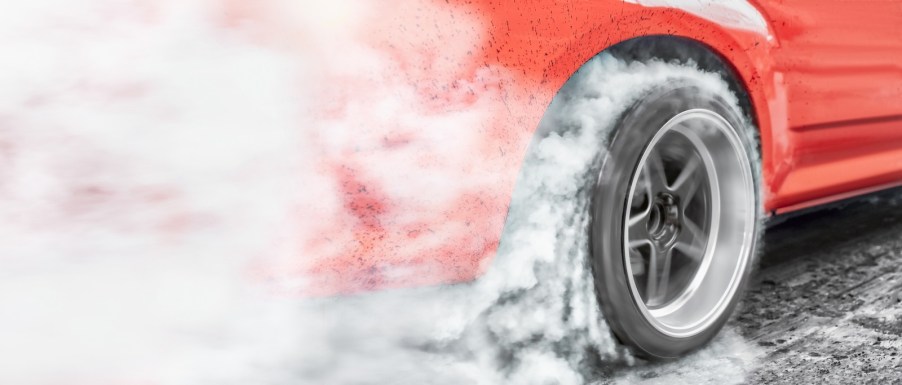
Electric Supercars Should Require a Special License
Electric supercars are getting out of control. The top trim Tesla and Lucid sedans now offer 1,000+ horsepower. The quad-engine Rimac Nevera can make 1,914 horsepower and broke 23 long-standing performance records in a single day. Now, Elon Musk revealed he is targeting a one second 0-60 time for the new Tesla Roadster.
EV technology is unlocking entire new levels of performance. And this is a fantastic thing for sports car enthusiasts. But it also puts us on the highway to the danger zone. One solution may be a special license for electric supercars. Honestly, this sort of law has been long overdue in the U.S. anyway.
First things first, just how fast are these electric supercars? And how dangerous? That four-engine, low-slung Rimac is a likely preview of many future supercars. Its top recorded speed is 256 mph. That’s faster than any Formula 1 or NASCAR race car has gone during a race. That may be equal to the top speed at last year’s Daytona 500 PLUS the top speed of your daily commuter. The same car gets to 60 mph in 1.7 seconds and 249 mph in under 30 seconds. It can run the 1/4-mile in 8.25 seconds.
This thing has over 2,000 lb-ft of torque and can reach 171 mph–in reverse. Imagine for a second what would happen if a Rimac Nevera driver lost control. Or even just accidentally started out in reverse and jumped a sidewalk.

The Tesla Roadster is aiming for even faster acceleration. It is targeting a one second 0-60 mph. Let’s put that in perspective: if you accidentally floored the accelerator instead of the brakes, for just one second, that car would rocket the entire length of a basketball court. You would be thrown back in your seat at 2.7 g forces. For a 250 pound man, that would feel like having ten 45-pound weight-lifting plates stacked on your chest.
Most people wouldn’t black out from that much force. Even without any training. But some might. And imagine the damage to everyone around if they kept their foot on the pedal. Accelerator/brake pedal mixups are already a relatively common cause of accidents. Honestly, the next generation of electric supercars poses a significant risk to us all.

If you want to ride a motorcycle, you’ll need a special endorsement on your license. In many states, you must pass a physical test to prove you can safely operate a motorcycle. A supercar, which poses more of a risk to other drivers if handled improperly, requires no special license.
In Australia, you need a special license endorsement for a gas-powered supercar. Their cutoff is 370 horsepower/2,204 pounds of weight. I think that’s generous. And it would cover all the electric supercars I listed above. And here’s the kicker, its just an online course and written exam.
To the sports car people screaming at their screens: I found the motorcycle exam a fantastic experience. I chose to take a weekend-long course–which ended in the exam–offered by the Motorcycle Safety Foundation. I got a ton of experience in low-speed maneuvering, which I’d been putting-off learning. It made me much more confident on a bike.
In addition, I met a bunch of local motorcyclists. They ranged from the old-timers teaching the course to other beginner students my age. And we had some frank, healthy conversations about motorcycle safety and the riding life. Embracing an electric supercar license by offering classes to young enthusiasts could do a lot for the sports car community.
I am excited for the era of electric supercars. And I hope it drives a long-overdue sports car license law.



